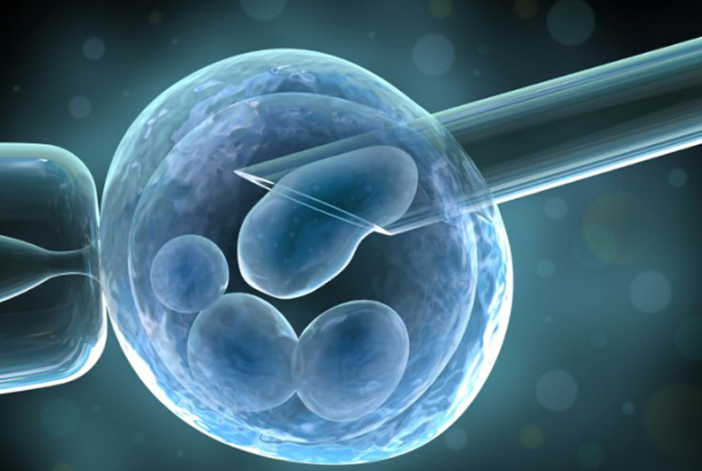Rethinking Viral Defense — Why NK Cells Are the Immune System's Silent Powerhouse

Throughout human history, the immune system has stood as our most powerful shield against viral threats. Among its many components, Natural Killer (NK) cells have emerged as a pivotal force in antiviral defense, thanks to their remarkable ability to identify and eliminate infected cells without prior sensitization. From COVID-19 to influenza and HIV, NK cells are now recognized as key players driving the next generation of antiviral therapies.
NK Cells — The Body's First Responders
Unlike T cells and B cells, which require prior exposure to specific antigens, NK cells respond immediately to infection. Acting as the immune system's rapid-response unit, they detect and destroy infected or abnormal cells within hours of viral entry.
NK cells rely on a delicate balance between inhibitory and activating receptors to distinguish healthy from diseased cells. Inhibitory receptors, such as those from the KIR family, recognize HLA molecules on normal cells, preventing unintended attacks. When infection or transformation reduces HLA expression, this inhibitory signal weakens, allowing NK cells to unleash their cytotoxic potential. At the same time, activating receptors like NKG2D, NKp30, and NKp46 detect stress ligands on abnormal cells, triggering a potent immune response.
How NK Cells Combat Viral Infections
NK cells employ several coordinated strategies to eliminate viral threats and regulate the broader immune response:
• Direct Cytotoxicity:
NK cells release perforin and granzymes that penetrate infected cells, disrupting membranes and inducing apoptosis—an essential mechanism to curb viral replication.
• Cytokine Secretion:
Through the release of interferon-gamma (IFN-γ) and tumor necrosis factor-alpha (TNF-α), NK cells amplify immune signaling, inhibit viral gene expression, and recruit other immune cells to the site of infection.
• Antibody-Dependent Cellular Cytotoxicity (ADCC):
When antibodies tag infected cells, NK cells bind via CD16 receptors, initiating a targeted killing response. This synergy enhances precision and extends NK cell effectiveness against viral variants.
NK Cells in Influenza — Containing the Viral Storm
Influenza viruses are notorious for rapid mutation and growing drug resistance, making them persistent global health threats. NK cells serve as a critical early defense, especially in the respiratory tract, where they recognize and destroy virus-infected epithelial cells.
Following influenza infection, NK cells rapidly expand and migrate to the lungs. Their cytotoxic activity limits viral spread, while their cytokines reinforce adaptive immunity by supporting B cell–mediated antibody production. However, influenza viruses have evolved evasion tactics—such as modifying NK cell receptors via neuraminidase activity—to reduce recognition. In response, researchers are pursuing novel interventions including NK cell expansion therapies, bispecific antibodies, and genetically engineered NK cells to restore antiviral potency.
COVID-19 — Lessons from NK Cell Dysfunction
The COVID-19 pandemic underscored the essential role of NK cells in antiviral immunity. Studies consistently show that patients with severe disease exhibit NK cell depletion and functional exhaustion. In some reports, NK cell counts dropped by nearly 50% compared to healthy controls, accompanied by overexpression of inhibitory receptors (e.g., NKG2A) and diminished IFN-γ production.
To counter these dysfunctions, researchers are developing NK-based immunotherapies. CYNK-001, a placental-derived NK cell therapy, has entered clinical trials, showing enhanced antiviral activity after ex vivo expansion. Likewise, CAR-NK cells engineered to target the SARS-CoV-2 spike protein demonstrate precise cytotoxicity with potentially fewer side effects than CAR-T cells, marking a significant advance in COVID-19 treatment strategies.
NK Cells and HIV — Overcoming Viral Evasion
Chronic infections like HIV present unique challenges due to the virus's ability to evade immune recognition. Nonetheless, NK cells remain vital for controlling viral reservoirs and delaying disease progression.
Certain genetic combinations, such as KIR3DL1 with HLA-Bw4, enhance NK cell activity, correlating with slower HIV progression. Beyond direct cytotoxicity, NK cells secrete IFN-γ to suppress viral replication and participate in ADCC to eliminate antibody-coated infected cells.
Ongoing research is exploring CAR-engineered NK cells that specifically target HIV antigens, aiming to achieve a functional cure. However, improving NK cell persistence and memory formation in vivo remains an active area of investigation.
Conclusion — The Future of Antiviral Immunity
NK cells stand at the crossroads of innate and adaptive immunity—swift, precise, and remarkably adaptable. From COVID-19 and influenza to HIV and even cancer, their therapeutic potential continues to expand across biomedical frontiers. As advancements in genetic engineering, cell expansion, and immune modulation progress, NK cell–based therapies are poised to become a cornerstone in the fight against infectious diseases and beyond.


